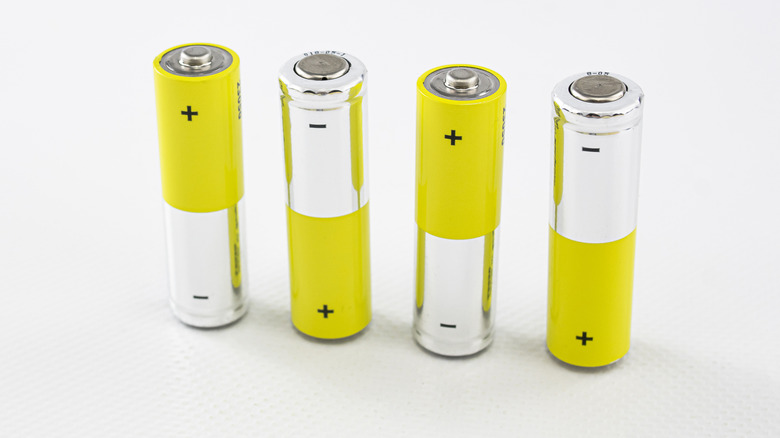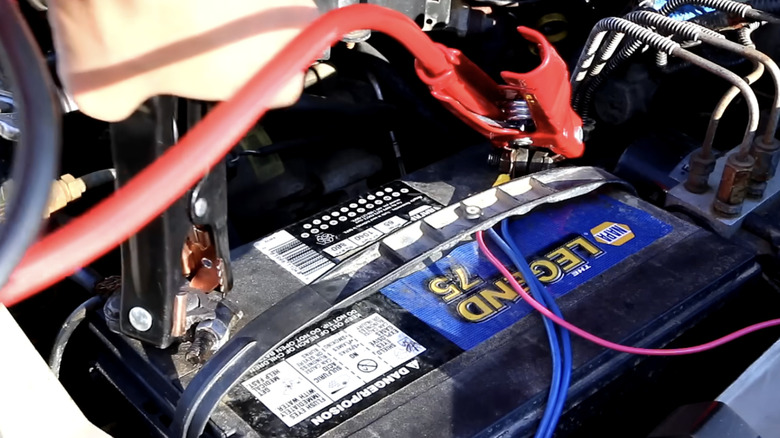Why Do Batteries Have A Positive And Negative Side? (And Do They Always Have To Be Facing Opposite?)
We may receive a commission on purchases made from links.
Every consumer battery that exists has little plus and minus signs on the outer labeling. These mark the ending and starting points for the flow of energy and are the fundamental secret to how they work. At its core, a battery works by converting stored chemical energy into electrical energy. The process is driven by two key components inside the battery called electrodes: the cathode, which forms the positive (+) side, and the anode, which forms the negative (-) side.
The crucial detail is that these electrodes are intentionally made from two different materials. This entire concept builds on a principle from 1800, when Alessandro Volta discovered that pairing different metals could generate an electric current. He found this happens because each type of metal has a different chemical "affinity," or strength in attracting electrons.
These electrodes are immersed in a chemical substance called an electrolyte. To prevent a (very) short circuit, a physical separator keeps the cathode and anode from touching each other. The electrolyte then reacts with the electrodes, causing negatively charged electrons to pile up at the anode. This buildup is what creates the negative terminal, while the cathode develops a positive charge from its resulting lack of electrons.
This potential for power just sits there, waiting. The chemical reactions won't fully kick off until you connect the battery to a device and create a complete circuit. But once that's done, the battery immediately starts to act like a pump. The excess electrons at the negative terminal rush out, travel through your device, and are drawn to the positive terminal. The process continues until the chemicals in the electrolyte are depleted and the battery dies. So yes, it's impossible for a battery to work without positive and negative sides.
Do they always have to be facing opposite?
That directed flow from negative to positive is the golden rule of battery power. And since there's direction involved, it's no surprise that physical orientation is important sometimes. For many of us, the classic image of a battery is a cylinder with terminals at either end. This is true for most consumer batteries (think classic Duracell AA batteries), where the positive and negative terminals are indeed located on opposite ends of the unit. Such a design isn't all function, as it also makes it easier to see the start and end points of the electrical path. Of course, quality varies by manufacturer, so it helps to know the official ranking of battery brands from worst to best.
However, not all batteries are designed with terminals on opposite ends. Take a look at a 9-volt battery or the one in your car, and you'll notice both the positive and negative terminals are situated right next to each other. For these, physical orientation in a compartment isn't the issue. Instead, connection is made via specific cables or contacts. The terminals here are typically made especially clear to avoid dangerous mix-ups, such as car batteries shocking you.
Where the location of these terminals becomes important is in devices that require multiple cells. For instance, TV remotes require you to place cells in an alternating layout such that the positive end of one battery connects to the negative end of the next. This "series" connection is a simple and brilliant way to increase the total voltage for the device. Placing them incorrectly breaks this chain, and your device simply won't turn on.

